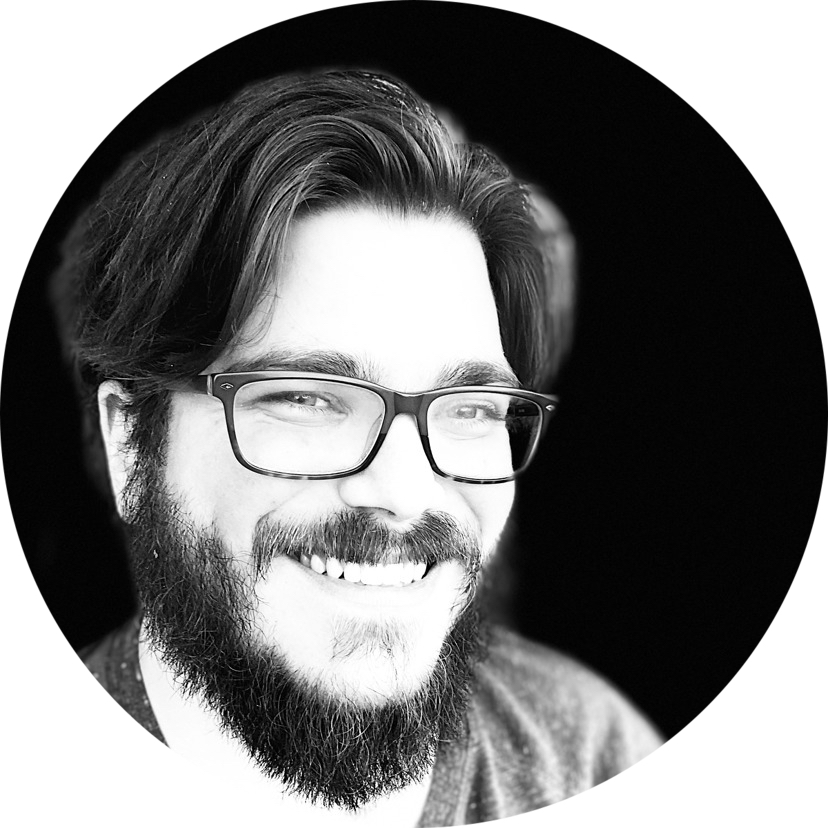My name is Caleb Winebrenner. I hold an MA in Educational Theatre and an MS in Geographic Information Science & Technology.
I’m a polymath – that means I’ve done several things with a lot of depth. Two of my big passions are telling stories and making maps. My work in one area is informed by my work in the other. When I can, I explore the overlap between the two, in community.
Storytelling
As humans, we make sense of our place in the world through stories. From oral traditions to historical archives, we (collectively, as a species) use narratives as a cognitive multi-tool. Stories identify who we are, why we are here, and what we hope to accomplish. Stories also operate on multiple scales, from an individual’s biography to the macro-narrative of an entire culture, people, or nation. As a storyteller, I’m interested in narratives (oral history, archives, etc.) that explore the relationships between our individual and collective experiences. Stories tether us to our communities and ignite the imagination to envision better ways of living and being together. Relatedly, I’m also interested in the ways in which storytelling methods serve as memory cues for culturally-transmitted knowledge. It’s no concidece that “story” and “history” are related words in many languages. Working to decolonize archives or excavate subaltern histories means cultivating careful listening to stories from voices beyond the primary authors of history.
Mapping
Like stories, maps are a powerful way to frame (and sometimes limit) human knowledge. My work is focused on “critical cartography” – that is, seeing the ways in which maps are an instrument of power or knowledge and exploring what peoples or histories are not on the map – and “deep mapping”. Deep mapping is the process by which mapping and other visualization tools are combined with text and narrative in order to get a felt sense of a place and commuicate the layers of nuance often erased on “thin” maps. Deep mapping exists at local and regional scales, understanding that history is still seen and felt in the present moment.
Community
Broadly, the intersection of mapping and storytelling – for my own work, at least – is in the cultivation of community. As my praxis moves back and forth between listening to stories or making maps, the common thread is whose story that is being mapped. In this way, my work both with story and with mapping is in service of humanizing broader social concerns like ecological justice, food systems, or education.
